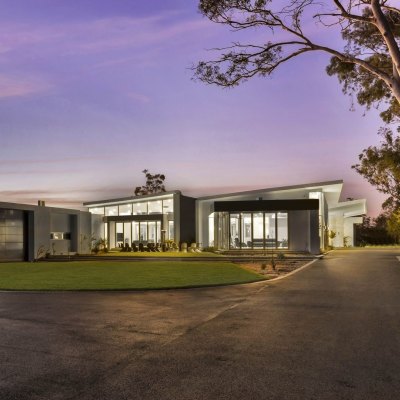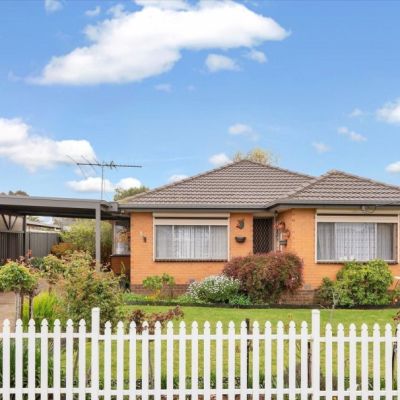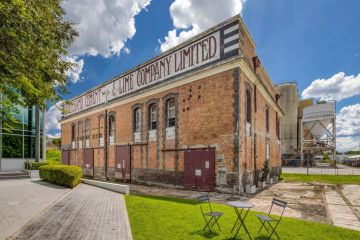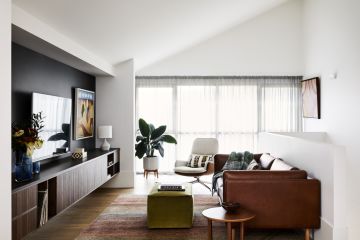The Sydney suburbs where home buyers pay top dollar for tiny blocks
Some Sydney home buyers are willing to pay top dollar for modest blocks under 100 square metres as buyers choose proximity to the city over spacious backyards.
A two-bedroom Darlington terrace with an internal floor space of just 69 square metres sold at a competitive auction recently for $1.4 million, while another terrace in Surry Hills with a floor plan of 48 square metres sold at auction in June for $1,765,000. This equates to around $36,770 per square metre.
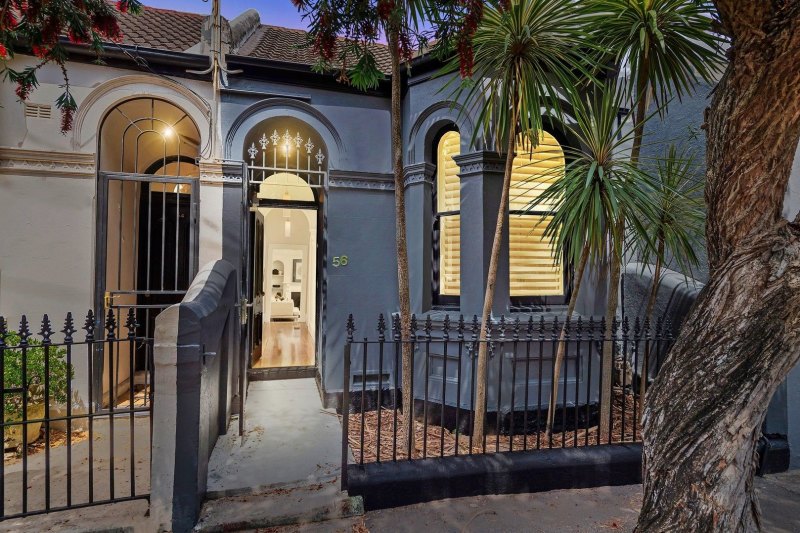
SJB principal architect Adam Haddow also managed an incredible feat, designing a three-storey home in Surry Hills on a 31-square-metre site.
The median price per square metre for houses in Sydney is $2590, on Domain data, making it the only capital city that commands more than $2000 per square metre.
Darlinghurst has the smallest average block size among houses sold last year at 92 square metres, followed by Surry Hills at 100 square metres.
Redfern came in at 108 square metres, followed by Darlington (114), Erskineville (120), Paddington (127), Camperdown and Bondi Junction (each on 133) and Newtown (139).
The Agency Inner West partner David Barndon said the appeal behind Newtown is its clever use of space.
“The focus is less on lot size and more on the home’s design and quality finishes, making it a favourite playground for architects,” he said.
Barndon said the land, lifestyle and wise use of space drives the price.
“It’s common to find two-bedroom homes on parcels of land ranging from 80 to 110 square metres. Despite limited yard space, the abundance of local amenities such as parks and playgrounds makes up for it.”
In the lockdown years, many home buyers looked to far-flung suburbs to work from home. But Domain head of research and economics Dr Nicola Powell said affordability and lifestyle have made some buyers reshape their idea of the great Australian dream.
“Some don’t want that large family home and large garden because of the upkeep. There is a premium for inner suburbia, and the closer you get to the city, the more premium the land becomes in terms of price,” she said.
Powell said that while the price per square metre is high, terraces drove affordability for those priced out of purchasing a detached home in the same area.
“You’re getting a smaller home, but terraces show an efficient use of land and lower the overall price paid. The price per square metre is higher compared to further out in the suburbs, but it helps to contain the overall median.”
University of NSW professor of architecture Philip Oldfield lives in a 70-square-metre, two-bedroom apartment with his family of four. He said proximity to the city was a driving factor.
“It’s often about compromise. Ask yourself whether you want to live in a smaller place in a dense area closer to the city, or further away in a bigger place,” he said.
“When you’re living close to the city there’s more infrastructure, but it’s shared. If you live in a bigger suburban home, you might have a home cinema or a spare bedroom.”
Haddow designed his three-storey home in Surry Hills on a 31-square-metre site to give the illusion of ample space.
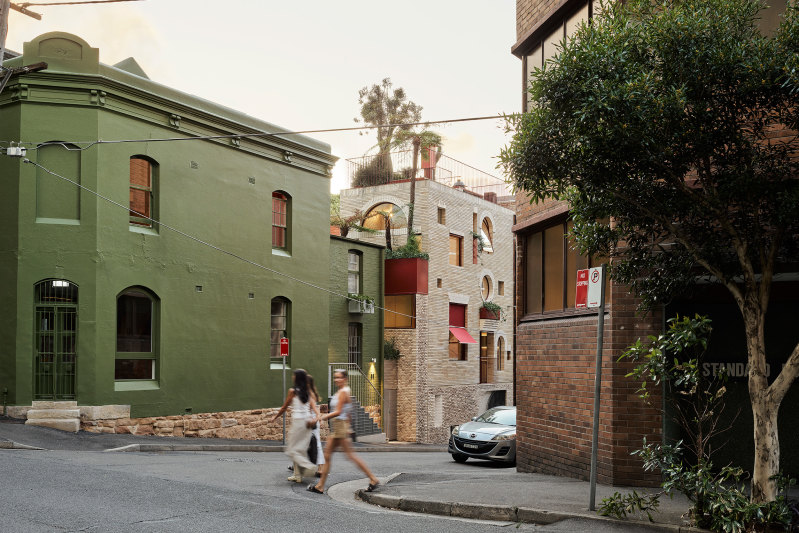
“Big houses with the large backyard is still what people think they must achieve, but often what happens is the houses get bigger and the land gets smaller. Houses can be smaller and more efficient,” Haddow said.
Haddow said a misconception is that open-plan living makes a space feel bigger when in fact, multiple rooms can give the illusion of ample space. He also minimises furniture.
“We only have three pieces of furniture in the entire home, including a couch and built-in banquette seating. We can have multiple functions in a single room.”
Studio Johnston architect and interior designer Stefania Reynolds converted a two-bedroom apartment in Redfern into a three-bedroom home for her family of four. The internal living space is 115 square metres.
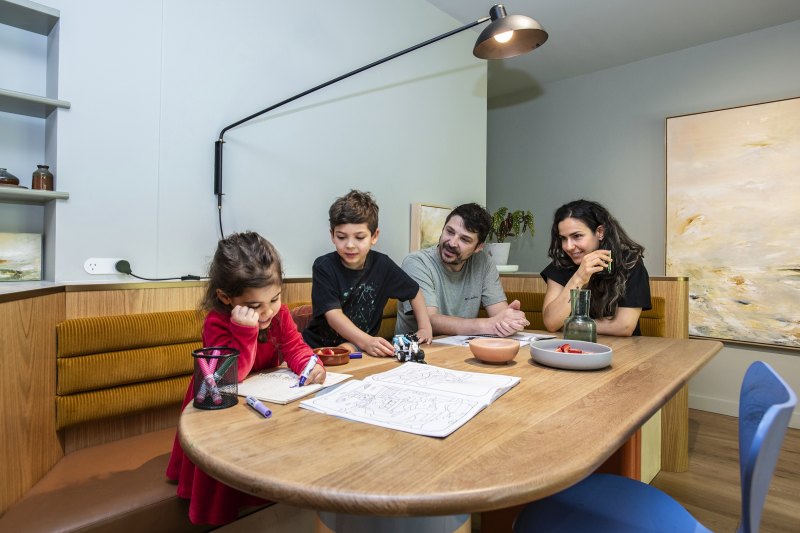
“There is some kind of archaic notion that space equals happiness and privacy, but not everyone can afford a house. I thought I could transform an apartment to suit my family with a bit of clever design,” she said.
Reynolds went without a dining room, adding just a banquette seat, closed off one of the entryways to the kitchen to allow for greater storage, and made an angled wall straight to fit in shelving.
“You can truly transform a small living zone by turning dead space into storage. Everything has its place in our home, including a little compartment for your shoes when you come home,” she said.

We recommend
We thought you might like
States
Capital Cities
Capital Cities - Rentals
Popular Areas
Allhomes
More
